| Years in Sweden: | 1589 1590 1591 1592 1593 1594 1595 |
| Centuries: | 15th century · 16th century · 17th century |
| Decades: | 1560s 1570s 1580s 1590s 1600s 1610s 1620s |
| Years: | 1589 1590 1591 1592 1593 1594 1595 |


Events from the year 1592 in Sweden
| Years in Sweden: | 1589 1590 1591 1592 1593 1594 1595 |
| Centuries: | 15th century · 16th century · 17th century |
| Decades: | 1560s 1570s 1580s 1590s 1600s 1610s 1620s |
| Years: | 1589 1590 1591 1592 1593 1594 1595 |


Events from the year 1592 in Sweden
| | This section needs expansion. You can help by adding to it. (July 2015) |
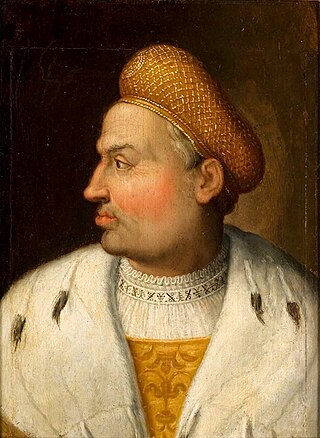
Sigismund I the Old was King of Poland and Grand Duke of Lithuania from 1506 until his death in 1548. Sigismund I was a member of the Jagiellonian dynasty, the son of Casimir IV and younger brother of Kings John I Albert and Alexander I Jagiellon. He was nicknamed "the Old" in later historiography to distinguish him from his son and successor, Sigismund II Augustus. Before ascending to the Polish and Lithuanian thrones, he was Duke of Głogów from 1499, Duke of Opava from 1501, and governor of Silesia from 1504 on behalf of his brother, King Vladislaus II of Bohemia and Hungary.

Sigismund III Vasa was King of Poland and Grand Duke of Lithuania from 1587 to 1632 and, as Sigismund, King of Sweden and Grand Duke of Finland from 1592 to 1599. He was the first Polish sovereign from the House of Vasa. Religiously zealous, he imposed Roman Catholicism across the vast realm, and his crusades against neighbouring states marked Poland's largest territorial expansion. As an enlightened despot, he presided over an era of prosperity and achievement, further distinguished by the transfer of the country's capital from Kraków to Warsaw.

Charles IX, also Carl, reigned as King of Sweden from 1604 until his death. He was the youngest son of King Gustav I and of his second wife, Margaret Leijonhufvud, the brother of King Eric XIV and of King John III, and the uncle of Sigismund, who became king both of Sweden and of Poland. By his father's will Charles received, by way of appanage, the Duchy of Södermanland, which included the provinces of Närke and Värmland; but he did not come into actual possession of them till after the fall of Eric and the succession to the throne of John in 1569.

John III was King of Sweden from 1569 until his death. He was the son of King Gustav I of Sweden and his second wife Margaret Leijonhufvud. He was also, quite autonomously, the ruler of Finland, as Duke John from 1556 to 1563. In 1581 he assumed also the title Grand Prince of Finland. He attained the Swedish throne after a rebellion against his half-brother Eric XIV. He is mainly remembered for his attempts to close the gap between the newly established Lutheran Church of Sweden and the Catholic Church, as well as his conflict with and murder of his brother.
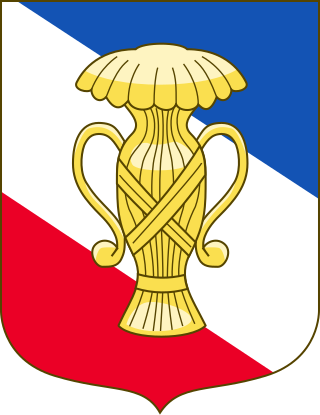
The House of Vasa or Wasa was an early modern royal house founded in 1523 in Sweden. Its members ruled the Kingdom of Sweden from 1523 to 1654 and the Polish–Lithuanian Commonwealth from 1587 to 1668; its agnatic line became extinct with the death of King John II Casimir of Poland in 1672.

The Early Vasa era is a period that in Swedish and Finnish history lasted between 1523–1611. It began with the reconquest of Stockholm by Gustav Vasa and his men from the Danes in 1523, which was triggered by the event known as the Stockholm Bloodbath in 1520, and then was followed up by Sweden's secession from the Kalmar Union, and continued with the reign of Gustav's sons Eric XIV, John III, John's son Sigismund, and finally Gustav's youngest son Charles IX. The era was followed by a period commonly referred to as the Swedish Empire, or Stormaktstiden in Swedish, which means "Era Of Great Power".

Catherine Jagiellon was a Polish - Lithuanian Commonwealth princess and Queen of Sweden from 1569 as the wife of King John III. Catherine had significant influence over state affairs during the reign of her spouse. She negotiated with the pope to introduce Counter-Reformation in Sweden. She was the mother of Sigismund, King of Poland (1587-1632) and Sweden (1592-1599).
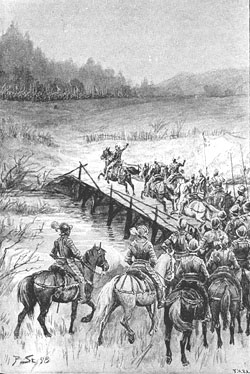
The Battle of Stångebro, or the Battle of Linköping, took place at Linköping, Sweden, on 25 September 1598 (O.S.) and effectively ended the personal union between Sweden and the Polish–Lithuanian Commonwealth, that had existed since 1592. In the battle, an army of c. 8,000–12,000 commanded by Duke Charles defeated a mixed force of c. 5,000–8,000 consisting of an invading army of mercenaries in the king's employ and diverse but poorly co-ordinated supporting Swedish noblemen's forces commanded by King of both Sweden and the Polish–Lithuanian Commonwealth Sigismund III Vasa, who was acting to maintain and restore his personal union against anti-Catholic forces in Lutheran Sweden. The Swedish king's general Constantin fought at the western bridge.

Catherine Stenbock was Queen of Sweden from 1552 to 1560 as the third and last wife of King Gustav I.
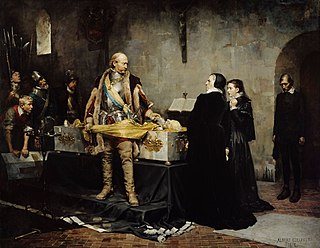
Baron Klaus Eriksson Fleming was a Finnish-born member of the Swedish nobility and admiral, who played an important role in Finnish and Swedish history during the rise of Sweden as a Great Power. He was a trustee of kings John III and Sigismund Vasa. His wife was Ebba Stenbock.

Anna Vasa of Sweden was a Swedish princess heavily involved in the politics of that country and of Poland. She was starosta of Brodnica and Golub. The youngest child of King John III of Sweden and Catherine Jagiellon, she was close to her brother Sigismund Vasa, King of Poland (1587–1632) and King of Sweden (1592–99). Raised a Catholic, Anna converted to Lutheranism in 1584. Though she had several suitors, she remained unmarried.

The Polish–Swedish union was a short-lived personal union between the Polish–Lithuanian Commonwealth and the Kingdom of Sweden between 1592 and 1599. It began when Sigismund III Vasa, elected King of Poland and Grand Duke of Lithuania, was crowned King of Sweden following the death of his father John III. The union ended following a civil war in Sweden in which he lost the crown to his uncle, who eventually became Charles IX. Sigismund afterwards returned to Warsaw and pursued a war against his former realm.

Gunilla Bielke; Swedish: Gunilla Johansdotter Bielke af Åkerö was Queen of Sweden as the second wife of King John III. Queen Gunilla is acknowledged to have acted as the political adviser to John III and to have influenced his religious policies in favor of Protestantism.

Events from the year 1589 in Sweden

Events from the year 1598 in Sweden.
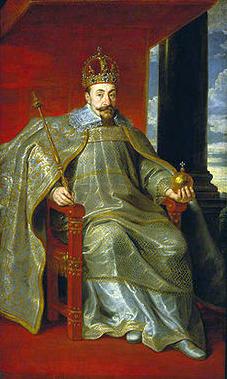
Events from the year 1594 in Sweden
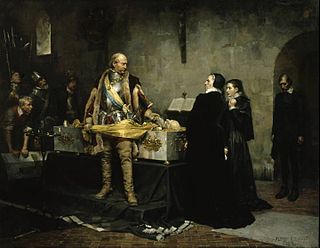
Events from the year 1597 in Sweden
Events from the year 1599 in Sweden
Events from the year 1606 in Sweden